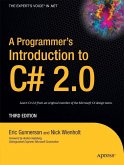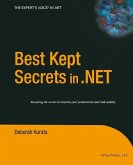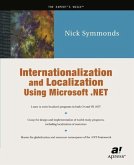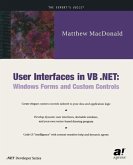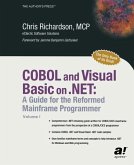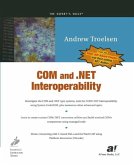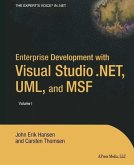Most .NET developers will use a high-level language, such as C# or VB .NET, to develop their systems. However, the core language of .NET is the Common Intermediate Language, or CIL. This language is the language of .NET-whatever is allowed by the .NET specifications can be done in CIL, and it can do much that C# and VB .NET cannot. Understanding how the CIL works will give .NET developers a deep, language-independent insight into the core parts of .NET. Furthermore, such knowledge is essential for creating dynamic types, a powerful part of the .NET Framework. In this book, Bock covers the essentials of programming the CIL. First, he discusses the basics of what .NET: assemblies are, how manifests fit into the picture, and much more. Bock then shows how to create assemblies in .NET-this will cover the ilasm directives and CIL opcodes, and how these are used to define assemblies, classes, field, methods, and method definitions. Bock also covers how C# and VB .NET and other non-MS languages emit CIL and how they differ. Finally, Bock shows how one can create dynamic assemblies at runtime via the Emitter classes.
Dieser Download kann aus rechtlichen Gründen nur mit Rechnungsadresse in A, B, BG, CY, CZ, D, DK, EW, E, FIN, F, GR, HR, H, IRL, I, LT, L, LR, M, NL, PL, P, R, S, SLO, SK ausgeliefert werden.



